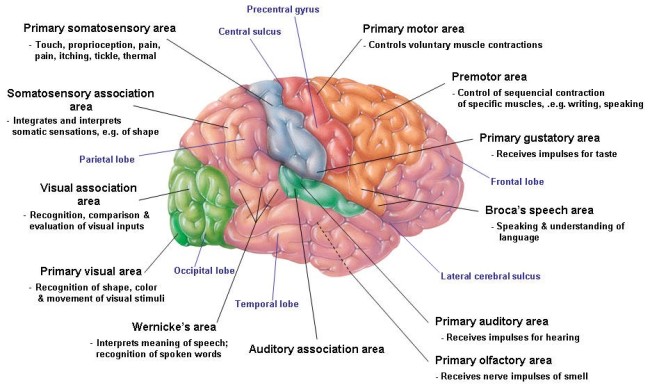This collection of conditions is so vast, many sub-categories of disorders exist:
Despite the intricacies of these pathologies, some are renowned for presenting in infancy and childhood. Others present in young adulthood. Some conditions are endured by individuals their whole lives, only to receive some clinical insight and solutions from integrative health and medicine later in life.
This article will discuss childhood neurological conditions, those that predominantly present in childhood. Each has an excellent propensity for healing and reversal through the biomedical approach of nutritional, lifestyle and integrative medicine. Neurological health is a central pillar supporting the work of the MINDD Foundation.
Scientific literature is accumulating more and more research that children with the conditions listed below are deficient in micronutrients essential to cognitive, mental and behavioural health. Without treatment interventions, these conditions do persist into adulthood.
References
Sanders, T., Liu, Y., Buchner, V., & Tchounwou, P. B. (2009). Neurotoxic Effects and Biomarkers of Lead Exposure: A Review. Reviews on Environmental Health, 24(1), 15–45.
Castoldi AF1, Coccini T, Manzo L. (2003). Neurotoxic and molecular effects of methylmercury in humans. Reviews on Environmental Health. Jan-Mar;18(1):19-31.
DeFuria, J. and Shea, T. (2007). Arsenic inhibits neurofilament transport and induces perikaryal accumulation of phosphorylated neurofilaments: roles of JNK and GSK-3beta. Journal of Brain Research. Nov 21; 1181: 74-82.
Gomez-Pinilla, F., & Gomez, A. G. (2011). The Influence of Dietary Factors in Central Nervous System Plasticity and Injury Recovery. PM & R : The Journal of Injury, Function, and Rehabilitation, 3(6 0 1), S111–S116.
Dick, F. D. (2006). Solvent neurotoxicity. Occupational and Environmental Medicine, 63(3), 221–226
Rosales, F. J., Reznick, J. S., & Zeisel, S. H. (2009). Understanding the Role of Nutrition in the Brain & Behavioral Development of Toddlers and Preschool Children: Identifying and Overcoming Methodological Barriers. Nutritional Neuroscience, 12(5), 190–202.
Nyaradi, A., Li, J., Hickling, S., Foster, J., & Oddy, W. H. (2013). The role of nutrition in children's neurocognitive development, from pregnancy through childhood. Frontiers in Human Neuroscience, 7, 97.
 Stay connected and keep up to date with the latest in Functional Medicine
© 2025 | mindd.org | All rights reserved
Stay connected and keep up to date with the latest in Functional Medicine
© 2025 | mindd.org | All rights reserved

